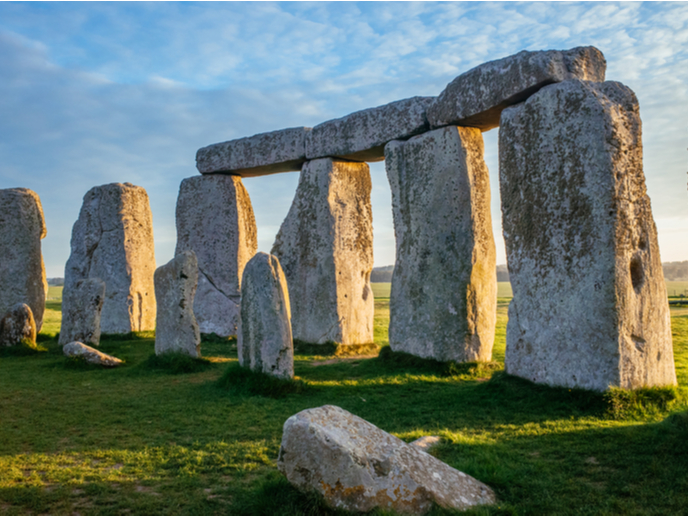TRENDING SCIENCE: Stonehenge’s biggest mystery solved
Scientists have finally answered one of the enduring questions about Stonehenge, the famed monument in southern England. Where did the iconic boulders known as sarsens that were used to create this prehistoric wonder come from? The centuries-old debate is now apparently over. A study published in the journal ‘Science Advances’(opens in new window) located the source of the stones to West Woods, a forested area in Marlborough Downs about 25 km north of the site. The sarsens were erected about 2 500 BC. Sarsen is a local sandstone. Megaliths, the larger standing stones, are up to 9 m tall and weigh as much as 30 t. This new research supports the theory that the megaliths were brought to Stonehenge at about the same time.
It’s a match
The discovery was only made possible thanks to a missing piece of Stonehenge that was returned to the site in 2019 after it was removed during archaeological excavations in 1958. Until its return over 60 years later, no one knew where this stone was. The research team studied fragments to determine the geochemical fingerprint of the sarsen from which it was taken. That fingerprint matched sandstone still at West Woods and in 50 of the 52 remaining sarsens. The chemical composition analysis shows that they share a similar chemistry and came from the same area. “It has been really exciting to harness 21st century science to understand the Neolithic past, and finally answer a question that archaeologists have been debating for centuries,” lead author Prof. David J. Nash from the University of Brighton in England told the ‘BBC’(opens in new window): “Each outcrop was found to have a different geochemical signature, but it was the chance to test the returned core that enabled us to determine the source area for the Stonehenge sarsens.”
Unlocking secrets of the stones
Co-author and Senior Properties Historian at English Heritage Susan Greaney added: “To be able to pinpoint the area that Stonehenge’s builders used to source their materials around 2,500 BC is a real thrill. While we had our suspicions that Stonehenge’s sarsens came from the Marlborough Downs, we didn’t know for sure, and with areas of sarsens across Wiltshire, the stones could have come from anywhere. They wanted the biggest, most substantial stones they could find and it made sense to get them from as nearby as possible.” What remains a mystery is where the other two stones originated from. “While this could be coincidental, one possibility is that their presence marks out the work of different builder communities who chose to source their materials from a different part of the landscape,” the research article explains. “I hope that what we have found out will allow people to understand more about the enormous endeavor involved in constructing Stonehenge,” Prof. Nash told ‘Reuters’(opens in new window).



